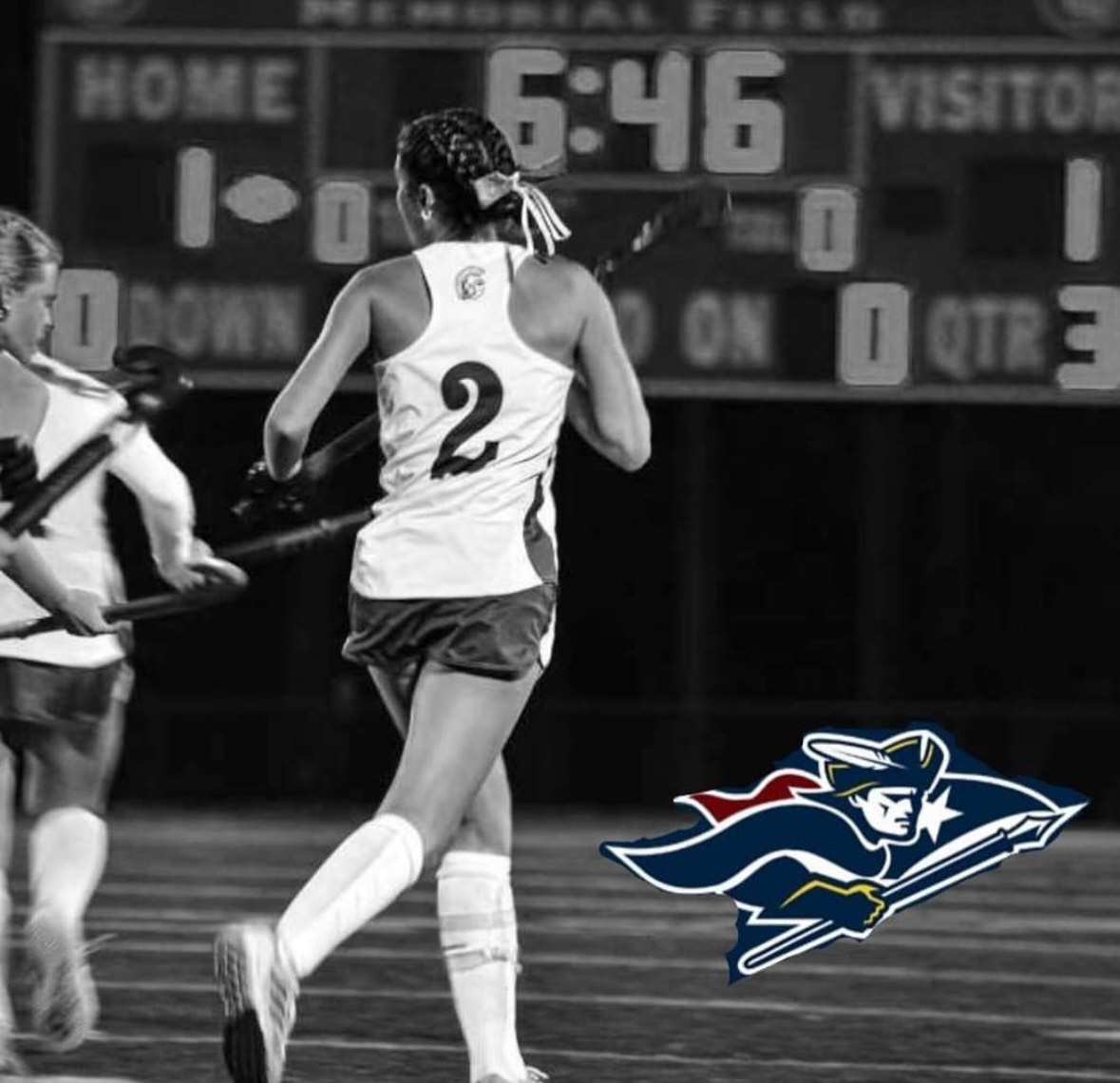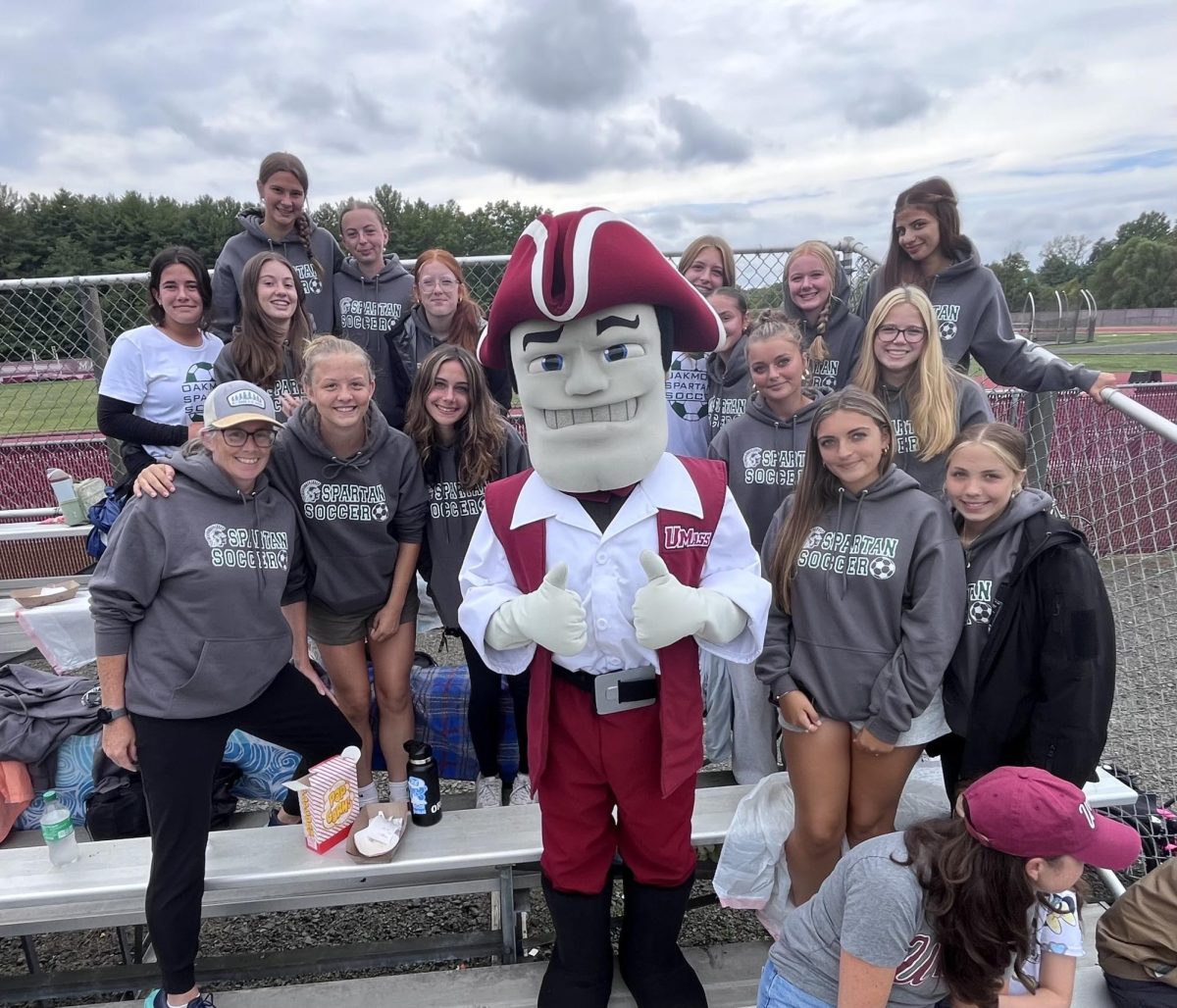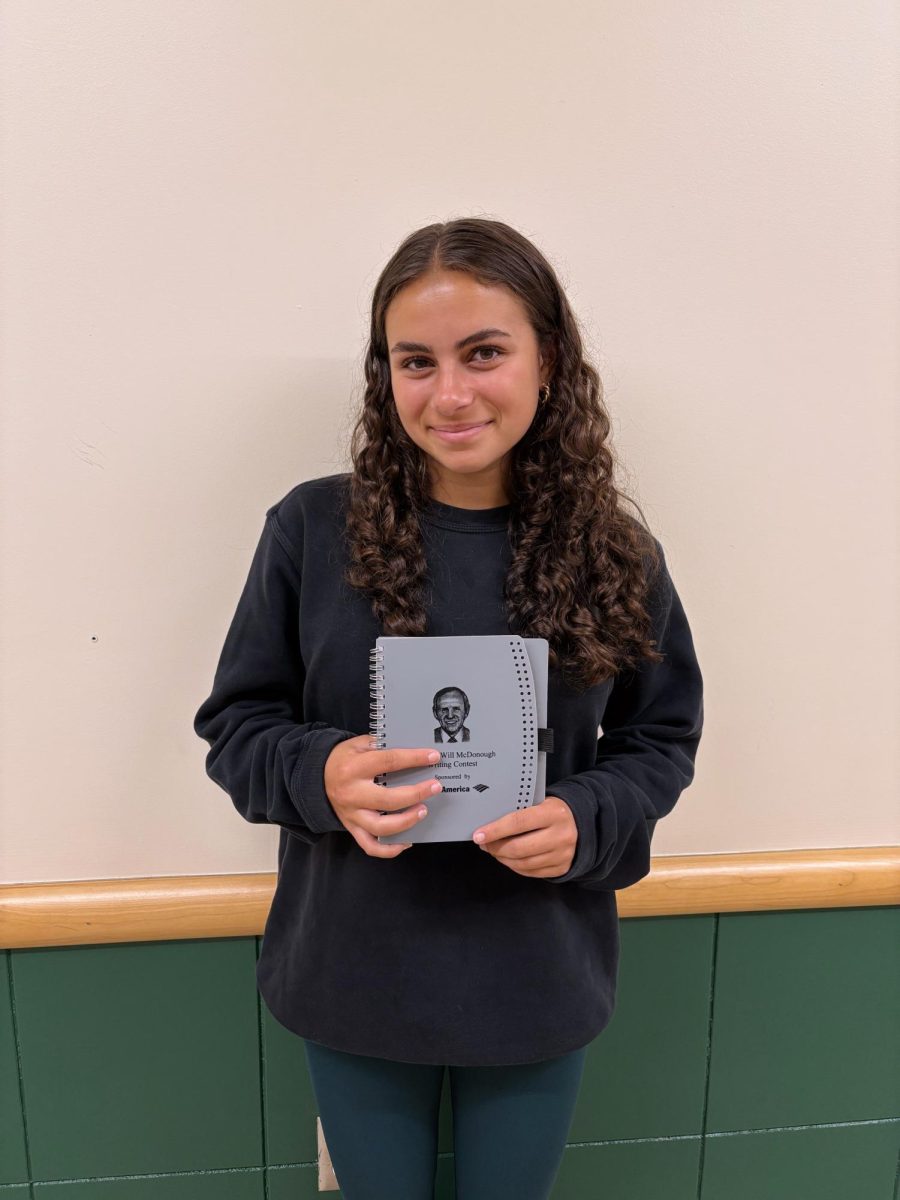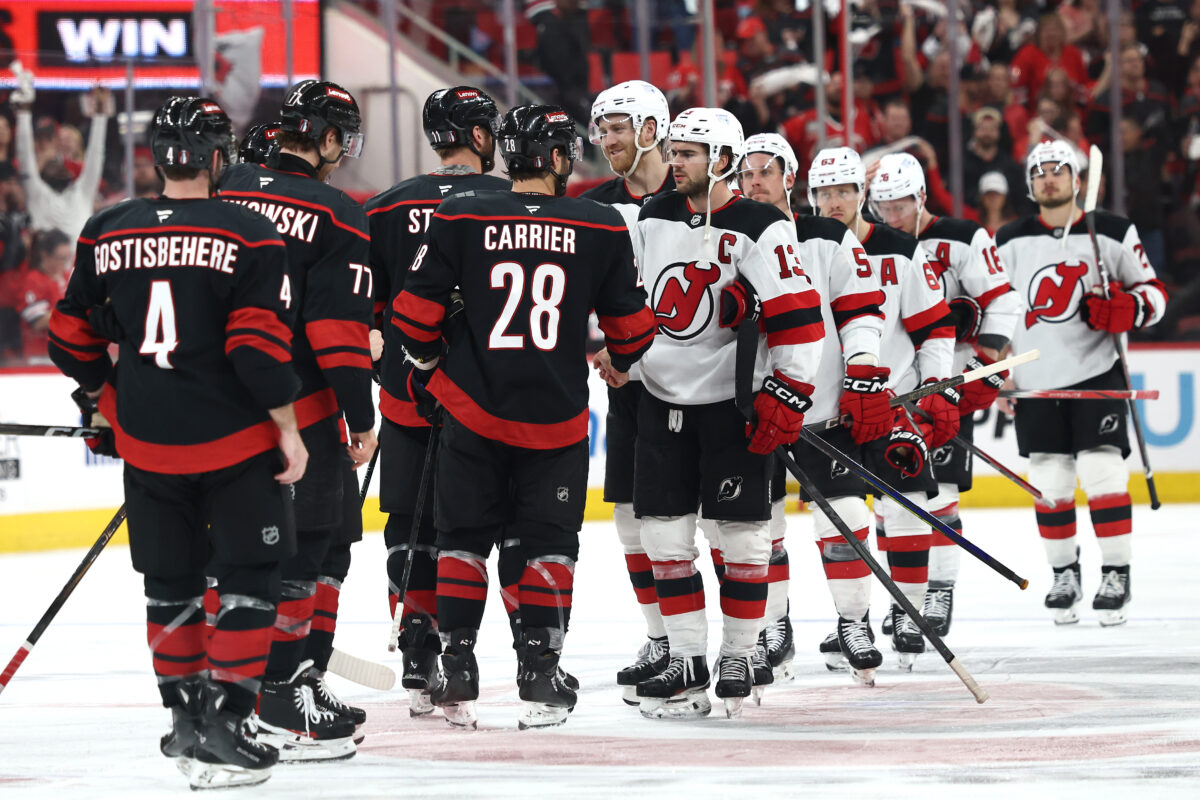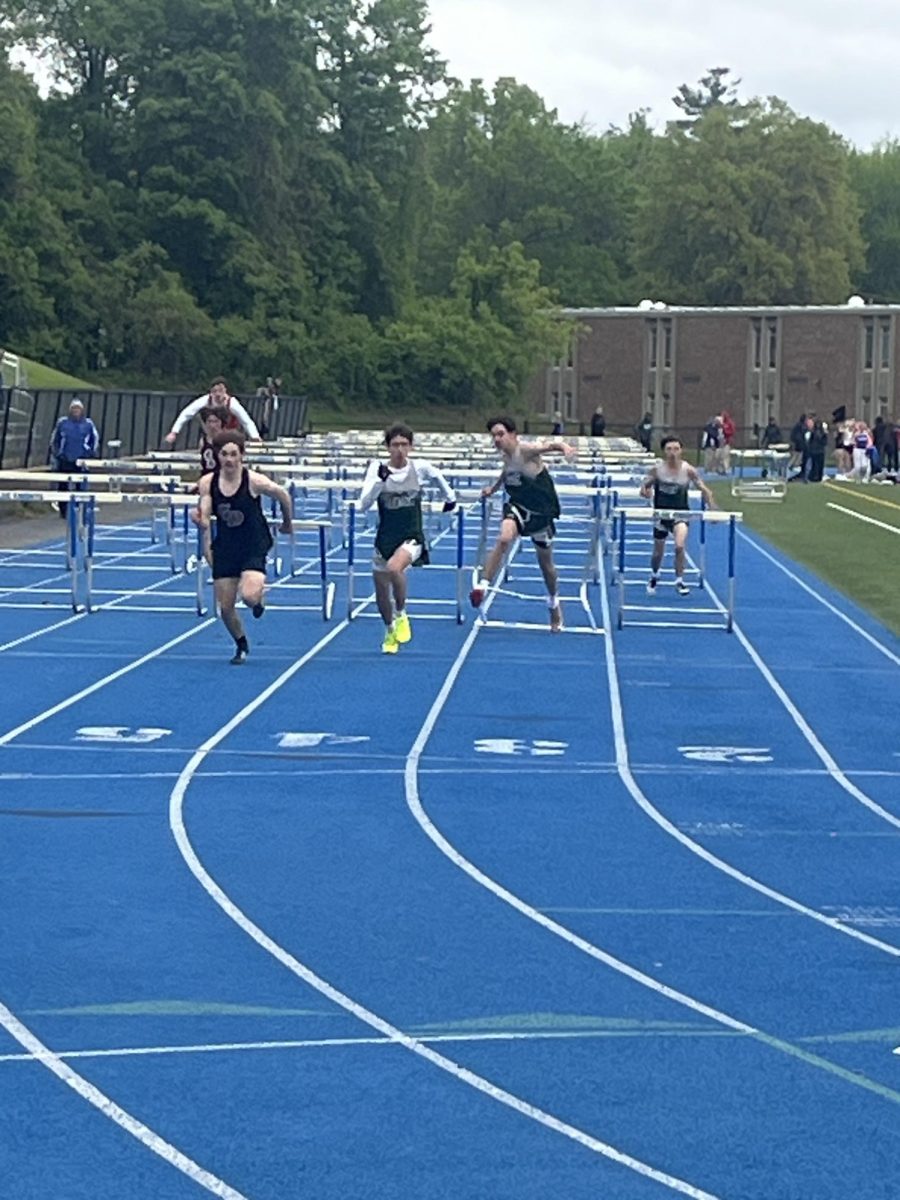As student-athletes, some of us work our entire lives to hear the words, “We would like to offer you a spot in our program” from the college of our choice. This moment can be life-changing.
But how does one get to this point? From the outside: individuals may think this process is a simple one: you simply express interest, and all of the sudden you are magically offered a spot. The process goes significantly deeper than anyone who hasn’t experienced it knows, and it can be tedious, stressful, and overwhelming.
In 1951, colleges began being able to recruit individuals to come to their institutions to play their preferred sport according to Sports Illustrated Magazine. This came shortly after the end of World War 2. We had always engaged in sports in the US but this allowed talented individuals to be recruited to show their skills at the next level, the NCAA.
Of course, it was harder to get recruited then, without any true exposure opportunities other than occasionally held workouts and play days. Unless your name was a constant talk of the town, getting recruited was nearly impossible. Gaining exposure was perhaps the most difficult part, not the player’s actual ability.
An Assumption Baseball Alum and current Oakmont English teacher, Tim Caouette, speaks to how the process has changed since he was an incoming collegiate athlete. Caouette speaks to his experiences, “In some ways, because of the lines of communication, the internet, and social media, we are connected in ways that we weren’t 25 years ago. Back then, unless your high school coach had a connection to a school or a reputation that transcended the world of high school sports, it was somewhat difficult to get a college coach to come watch you play. The process was much harder to navigate as unless your name was in the paper every single game, and your high school coach called the college coach to come see you play AND if they had any connection to the local papers, they might not ever even give you a thought as a potential or prospective athlete.”
Nowadays it is significantly easier to get in touch with coaches of programs you are interested in. Everything is at the tip of your finger. And as technology has advanced we as athletes have been given so many resources to thrive in the world of college athletics. There are websites like the NCSA and Fieldlevel which allows potential college athletes to connect with college experts who can guide them through the process. This is just one of the many resources available to the vast majority of the population. Anyone can get in touch with a coach after enough emails, phone calls, and text messages.
However, this does not mean that the process to actually make the college roster is easier. If anything it has become more difficult. Although the convenience level has increased with the recruiting process, so has the interest of people looking to play sports in college. According to CatchMark Sports, around 6% of high school student-athletes go on to play in college. Now that percentage may seem minimal but the statistic totals out to just about 495,000 athletes looking for their perfect college program. Therefore you may be fighting against hundreds if not thousands of people for a spot in your desired program.
The immense pressure being put on these young athletes to go to every showcase and to perform their best constantly can be intense. Not to mention the outside pressures from family members, peers, coaches, and most of all social media. The willingness to perform your best has to be a choice instead of a force. Since it is so much easier now to get some sort of recognition from coaches, many players struggle with the decision of whether or not this is what they truly want for their future.
A senior athlete at Oakmont, Molly Horgan speaks about her experiences trying to get recruited for both soccer and track, “The recruiting process can be very draining for many young athletes, some may even debate quitting their dreams of playing college sports. Although it can be hard many still say that it is worth it in the end and choose to chase their dreams.”
Many students like Horgan have found themselves lost in the recruiting process. Horgan was not sure whether she was interested in further pursuing her sports after learning about how difficult the process can be. As of now, Horgan is unsure of whether or not she will be playing in college and is still trying to navigate the process. However, there are several Oakmont athletes this year who have been able to navigate the recruiting process and have committed to their school of choice to play, myself included.
Madylan Alves, a senior at Oakmont, will be continuing her academic and athletic career playing Division II field hockey at Assumption University this upcoming fall. She committed to Assumption in July going into her senior year. Alves gives her input, “I would say the college recruiting process feels like one of my biggest successes. Literally every day having to write emails and go through film on top of work, school, field hockey, and trying to have a social life. It was all overwhelming. But in the end, it was definitely so rewarding when I finally committed.”
The process may be tedious and overwhelming but one thing that has not changed since the recruiting of athletes began, that would be the overall emotion and excitement that comes from being one hundred percent sure you made the right decision for your college. Already being able to have your college plan mapped out as early as your junior year allows student-athletes to hyper-focus on their grades and their sport to ensure that they are ready to play at the college of their choice.
The college process has gone through changes, similar to everything else, but this process has definitely changed for the better when it comes to exposure. The technology on the horizon will continue to change the game of college athletics for years to come.



